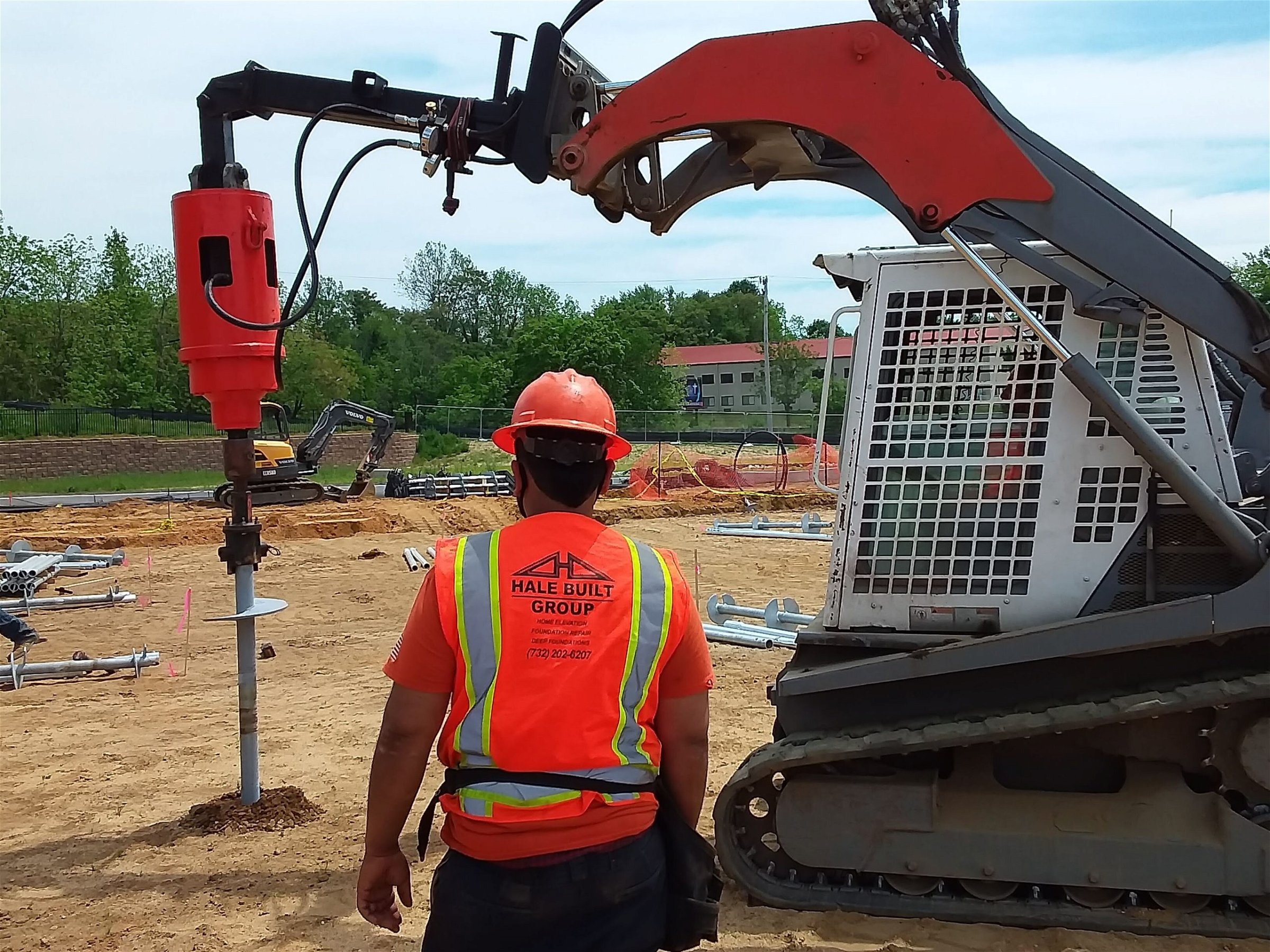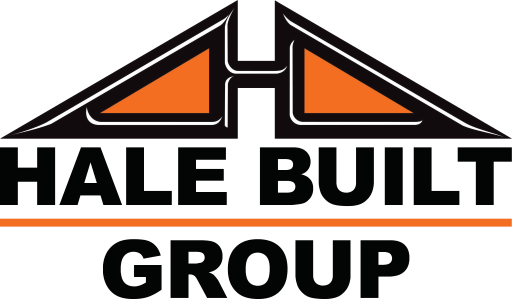Explore the world of helical piles with our in-depth FAQ guide. Whether planning a new construction, considering foundation reinforcement, or simply curious about this innovative technology, our guide answers all your pressing questions.
From the basics of helical piles to detailed insights on installation and cost, discover everything you need to know to make informed decisions for your structural needs.
A helical pile is a steel shaft with helical flights that provide foundation support for various structures. It is screwed into the ground and is particularly useful for deep foundation solutions where soil conditions prevent traditional footing methods.
The primary purpose of a helical pile is to transfer load from a structure into the ground through the pile's shaft and helices, ensuring stability even in weak soil conditions. Their strength makes them ideal for supporting buildings, bridges, and other constructions with challenging ground conditions.
Helical piles are installed by mechanically screwing them into the ground, which minimizes soil disturbance. This process involves using a hydraulic motor attached to the construction equipment that rotates the piles into the ground, achieving the required depth and torque and ensuring stable and firm foundation support.
Yes, you can build a house on helical piles. They are a reliable foundation method for new home construction, especially in areas with unstable soil conditions or where traditional foundations are impractical. Helical piles provide strong, deep foundation support and handle various loads and environmental conditions.
Helical piles can be more cost-effective than traditional concrete foundations, especially when factoring in installation speed and reduced labor costs. They often require less excavation and site preparation, which can lead to overall savings, particularly in challenging construction environments.
Depending on the soil conditions and structural requirements, helical piles can be installed to various depths, typically ranging from 10 to 100 feet or more. We determine depth by the load-bearing capacity needed and the underlying geological features.
The weight a helical pile can support varies based on its design and soil characteristics. Still, typically, a single helical pile can support loads from 10 to 500 tons. Engineers calculate the specific load capacity required for each project to ensure stability and safety.
Helical piers are designed for longevity, typically lasting over 150 years in non-corrosive environments. Their lifespan can vary based on soil composition, moisture content, and corrosive materials in the soil.
Helical piles can be prone to rust if exposed to corrosive environments, such as saline soils or waterlogged conditions.
However, they are often manufactured with protective coatings or made from galvanized steel to enhance their corrosion resistance and extend their lifespan.
Helical piles, while beneficial for various applications, do have some drawbacks. These include their potential unsuitability for heavily rocky soils, where installation can be challenging and more expensive due to the difficulty of screwing the piles into the ground.
Additionally, if not installed with precise torque control, helical piles can have load capacity issues, leading to underperformance. Also, the upfront cost can be higher than traditional concrete foundations, especially in areas requiring specialized installation expertise.
Yes, you can install helical piles under an existing structure. Often used for underpinning, this technique involves inserting the piles to support or strengthen failing foundations.
The process involves minimal vibration and disturbance, making it ideal for sensitive or congested sites. Helical piles can be precisely positioned and driven to required depths through existing foundations, offering a viable solution for retrofitting and reinforcing older buildings without extensive excavation.
It is generally not recommended that you install helical piers yourself. They require specialized knowledge and equipment to ensure they are installed correctly and safely.
Professional installation guarantees the driving of piers to the correct depth and torque, which is critical for the foundation's stability and load-bearing capacity. Improper installation could lead to structural failures and long-term damage, so hiring experienced contractors for this type of work is ideal.
The number of helical piers needed for a house depends on several factors, including the size and design of the structure, the load requirements, soil conditions, and the specific construction or repair objectives.
Typically, an engineer will assess these variables to determine the appropriate spacing and number of piers. In general, helical piers are spaced 6 to 10 feet apart, but the exact number can vary significantly based on the project's engineering requirements.
Helical piles should be spaced based on the structure's load requirements and soil conditions. Typically, they are 6 to 10 feet apart.
However, the spacing can vary; a structural engineer will determine this for you. Engineers consider factors like soil type, pile capacity, and structural load to ensure proper support and stability of the foundation.
Micropiles and helical piers are both deep foundation solutions used to support structures. Still, they differ significantly in their construction and application.
Micropiles are drilled and grouted in place and often contain steel reinforcement to handle very high loads. We typically use micropiles in conditions where soil stability is poor.
Helical piers, on the other hand, are screwed into the ground and are adequate for both light and heavy loads. They are quicker to install and less disruptive, making them suitable for new constructions and repairs.
Choosing between Sonotubes and helical piles depends on the project's specific requirements. Sonotubes are cardboard tubes used as forms for pouring concrete footings. They are suitable for lighter structures and where deeper foundations are not necessary.
Helical piles, however, are steel shafts with helical flights that are screwed into the ground and are better for providing deep foundation support, particularly in challenging soil conditions or where vibration and soil displacement must be minimized.
Contractors use helical piles due to their versatility, speed of installation, and minimal environmental impact. They can be installed in all weather conditions and are ideal for areas with limited access or where traditional excavation methods would be disruptive.
Helical piles provide a strong, durable foundation solution capable of supporting various types of structures. They are adequate for both tension and compression loads. They are beneficial in projects requiring rapid installation and immediate loading.
Ready to elevate the foundation of your next project with helical pile solutions? With Hale Built Group's extensive experience and commitment to quality, we build and repair foundations on solid helical supports.
Get a free estimate now and see how we can make a difference in your construction or renovation project across Maryland, Virginia, Pennsylvania, D.C., New York, New Jersey, and Delaware.
Contact Hale Built Group today for expert advice and installation services.

